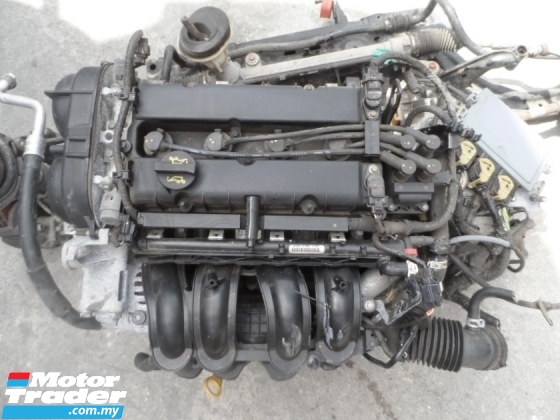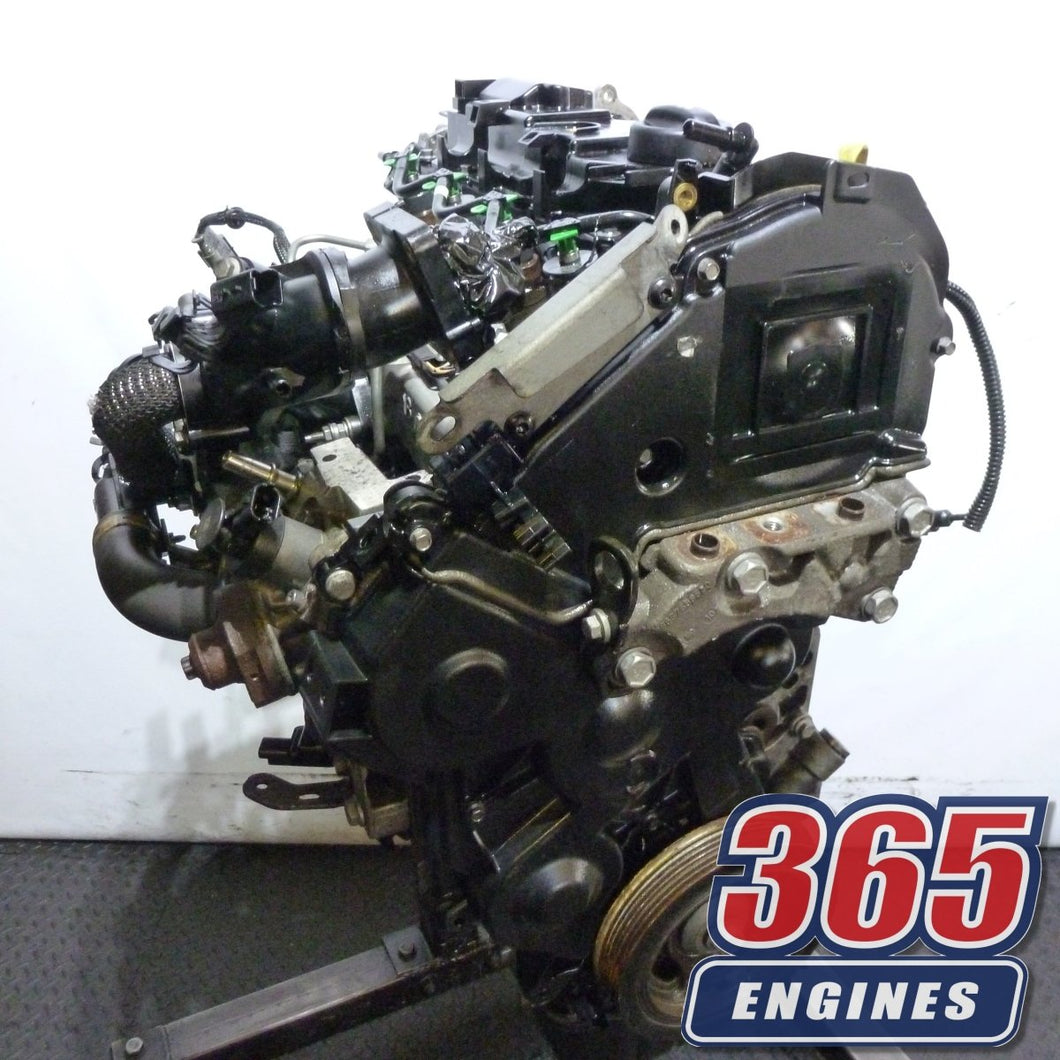Save Money on Repairs with Regular Ford Fiesta Engine Inspections
Save Money on Repairs with Regular Ford Fiesta Engine Inspections
Blog Article
Checking Out the Evolution of Engines: From Classic Designs to Modern Marvels
The evolution of engine modern technology stands for a considerable story in the background of innovation, noted by crucial advancements that have constantly redefined transport and sector. From the initial heavy steam engines that powered the Industrial Change to the emergence of inner combustion engines that transformed flexibility, each phase has added to greater effectiveness and ability. Presently, the shift to electric power represents not only a technical change yet likewise a more comprehensive dedication to environmental sustainability. As we check out these landmarks, one should consider how the future of engine style may unravel, testing our understandings of power and effectiveness.
The Birth of Engine Technology
The introduction of engine technology marked a critical moment in human technology, transforming energy conversion and transport. The earliest engines emerged from the requirement to harness mechanical power for functional usage, leading to the advancement of devices that converted various energy kinds into movement (ford fiesta engine).
The advancement of the internal combustion engine and the innovation of the heavy steam engine catalyzed an extensive shift in industrial capabilities. These engines not only boosted performance however likewise expanded the extent of human mobility, making it possible for extraordinary transportation opportunities. The very early models laid the groundwork for the mechanized world, helping with the rise of sectors and reshaping societal structures.
As engine layouts developed, they integrated innovative products and advanced engineering principles, leading the way for modern-day advancements - ford fiesta engine. The birth of engine innovation ignited a relentless search of effectiveness and power, establishing the stage for the vibrant development of transportation and industrial equipment that would follow
Heavy Steam Engines and Their Impact

The vapor engine's effect was specifically noticeable in the transport industry (ford fiesta engine). Steam-powered locomotives facilitated the rapid activity of products and individuals across substantial distances, efficiently shrinking the geographical obstacles that had actually formerly hindered trade and interaction. Steamships transformed marine traveling, enabling for quicker and extra dependable crossings of rivers and oceans.
In sector, steam engines powered manufacturing facilities, allowing mass manufacturing and the increase of city centers as centers of financial activity. This shift not only altered labor dynamics but also added to the appearance of a consumer-driven society. Additionally, steam modern technology fostered technologies in design and production processes, laying the foundation for future innovations in engine layout. The tradition of steam engines is extensive, showing a turning point in human resourcefulness and the ruthless quest of development.
The Increase of Internal Combustion
Frequently overshadowing steam power, the increase of internal combustion engines noted a transformative shift in transport and industry throughout the late 19th and very early 20th centuries. The advancement of these engines, defined by their capability to melt gas within the engine itself, allowed greater efficiency and power compared to traditional steam engines. Pioneering inventors such as Nikolaus important source Otto and Rudolf Diesel played critical duties in improving engine layouts, causing extensive adoption in automobiles, boats, and industrial machinery.
The internal burning engine's portable size and fairly light-weight nature facilitated the introduction of personal lorries, reinventing specific mobility and improving urban landscapes. By making it possible for faster traveling and the reliable transport of items, these engines militarized economic development and fostered globalization. The versatility of gas choices, consisting of gas and diesel, further boosted their charm, permitting varied applications throughout numerous markets.
Despite the environmental worries that would later emerge, the preliminary attraction of internal burning technology lay in its transformative capacity. As society accepted this innovation, the structure was laid for modern-day transportation systems, establishing internal burning engines as a foundation of commercial development and day-to-day live throughout the 20th century.
Innovations in Engine Efficiency
As internal burning engines came to be indispensable to transport and market, the emphasis shifted towards improving their efficiency to satisfy expanding demands for performance and sustainability. Technologies in engine design, material science, and modern technology have actually dramatically added to this advancement.
One significant advancement is the development of turbocharging, which enables raised air consumption, leading to more total fuel burning and enhanced power result without enlarging engine size. Additionally, variable shutoff timing systems have actually been executed to enhance engine efficiency across numerous RPM arrays, therefore enhancing fuel performance.
The use of innovative gas shot innovations, such as straight shot, has actually likewise played an essential duty. This technique allows for even more specific control over the fuel-air blend, advertising far better burning and minimizing emissions. Furthermore, light-weight materials, consisting of light weight aluminum and composite parts, have actually been embraced to minimize overall engine weight, resulting in enhanced performance.
These developments show a more comprehensive fad within the vehicle sector, where the harmony in between engineering technology and environmental factors to consider drives the continuous quest for greater effectiveness in interior combustion engines. Consequently, modern engines are currently much more effective, cleaner, and effective than in the past, paving the means for an extra sustainable future try this in transportation.
The Change to Electric Power
With growing concerns over environmental impact and fossil fuel dependence, the automotive sector is experiencing a substantial change towards electrical power. This transition is driven by a combination of technological developments, regulatory stress, and changing customer choices. Electric cars (EVs) supply a compelling alternative to conventional internal find more information combustion engines, flaunting decreased greenhouse gas exhausts and reduced operating costs.
The increase of battery innovation has been a video game changer, with lithium-ion batteries becoming more economical and efficient. Improved power density and faster charging abilities have actually made EVs much more functional for everyday usage. Federal governments worldwide are implementing rewards and establishing ambitious targets for phasing out fossil fuel cars, consequently increasing the adoption of electrical power.
As billing facilities expands and battery innovation continues to enhance, the shift to electric power is poised to improve the automotive landscape, promoting sustainability and technology in the years to come. The future of transport is electric, and the momentum is undeniable.
Verdict
The evolution of engine technology represents a considerable trajectory of development that has greatly influenced transport and industry. From the fundamental vapor engines to the transformative internal combustion engines, each advancement has added to improved mobility and financial growth. The current change toward electrical power emphasizes a critical dedication to sustainability, driven by improvements in battery technology. This ongoing development not only mirrors altering societal demands yet also highlights the potential for a cleaner and more effective future in engine design.

Report this page